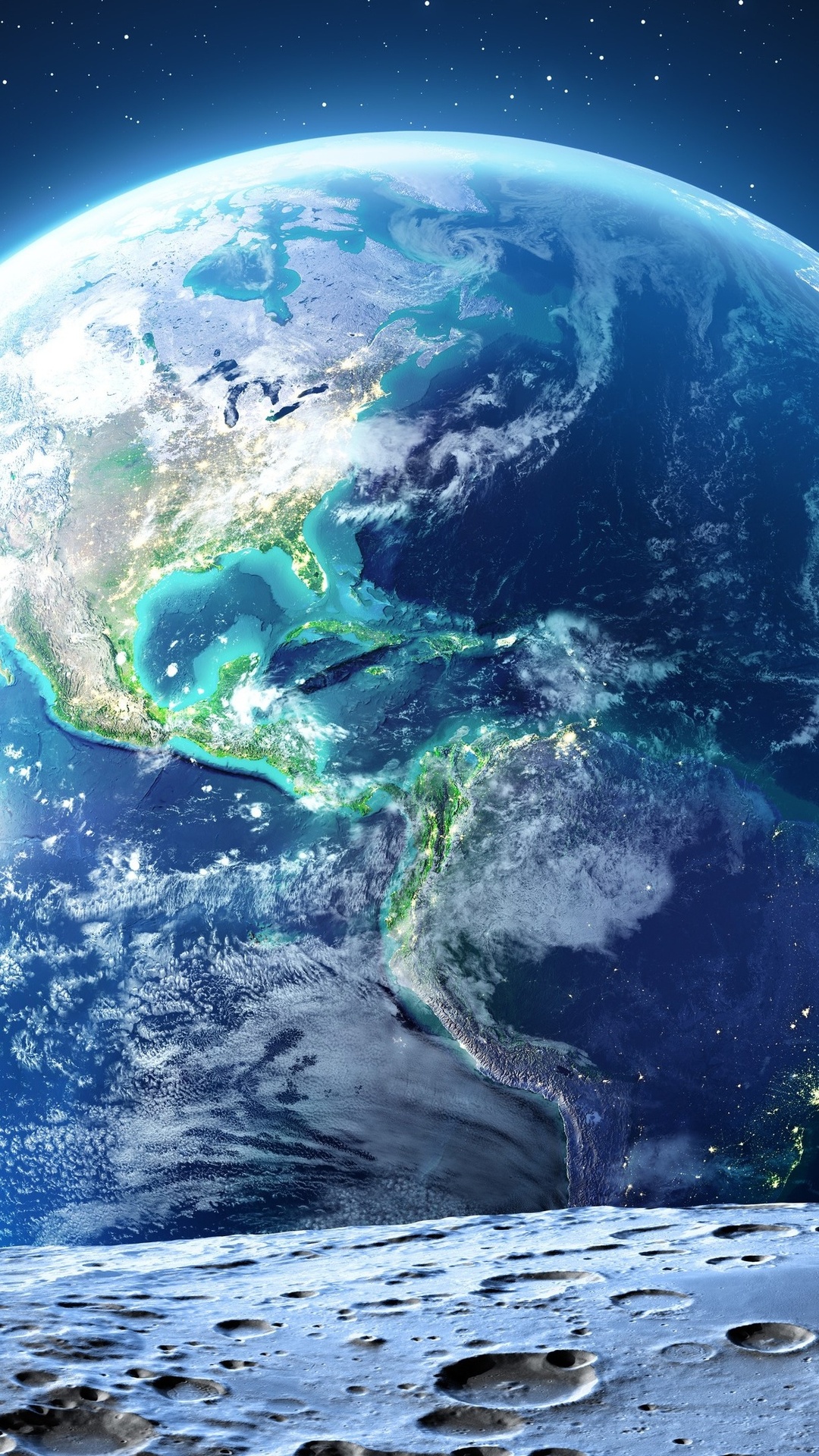
This way, the smallest details are generated at areas of just 12 m x 12 m - which even when zooming into part of the visible scene keeps the illusion of looking at real visuals for a long time.Īt noon, the sun is high in the sky and even very rugged terrain doesn't cast shades. Mixing in an overlay texture and using a noise function to blend color values of adjacent pixels, small details and irregularities can be generated which distract from the pixel nature of the raw image. Using GLSL shader techniques it is possible to give the illusion of an even higher texture quality. However, when zooming into a region, the view gets inevitably pixelized. Even from an unstable low orbit of 100 km this looks impressive, from ISS orbit of about 300 km it looks clearly stunning. These show terrain in stunning detail - dependent on latitude, a pixel represents an area of around 500 m x 500 m.

NASA provides 24k textures for eight regions of the planet which, for easy usage by graphics cards, need to reduced to 16k textures. Things get more complicated when one starts looking into the details of the appearance to make the simulation really close to pictures taken from the Shuttle or the International Space Station while at the same texture loading times and memory occupancy should remain reasonable. NASA provides a large database of visual and other data on the planet, and all textures are derived from public domain material on the NASA Visible Earth page. The basic task is simply enough - bring a sphere into the scene and texture it using hires Earth surface imagery. Earthview however shares the Atmosphere simulation with the Atmospheric Light Scattering rendering framework which does a real-time simulation of the most important light scattering processes in air. The Earthview project aims to render orbital visuals for the OpenSource flight simulator Flightgear as the default terrain mesh is intended to provide low altitude visuals and is poorly suited to Earth orbit. Science and Fiction - Earthview Earthview


 0 kommentar(er)
0 kommentar(er)
